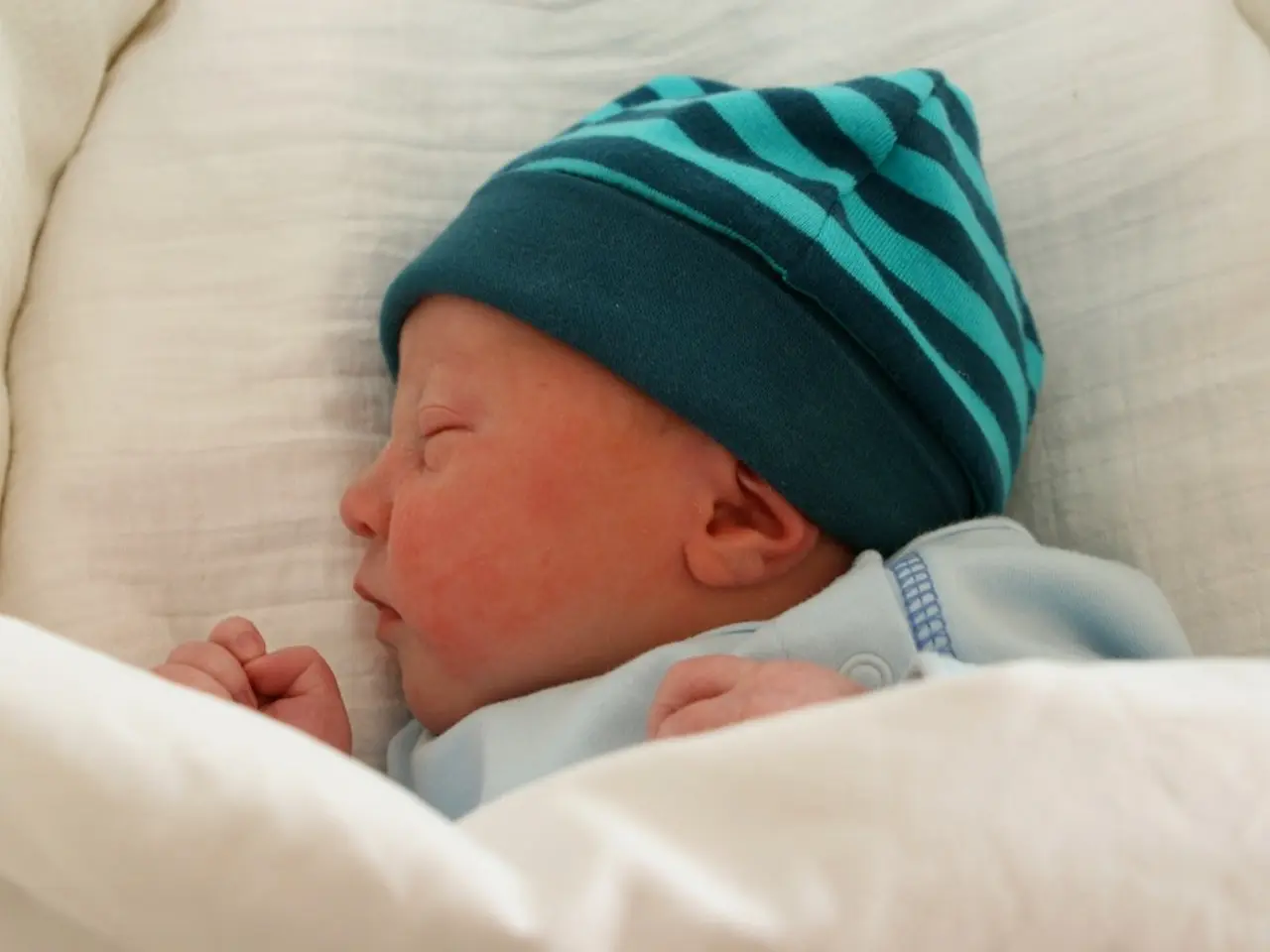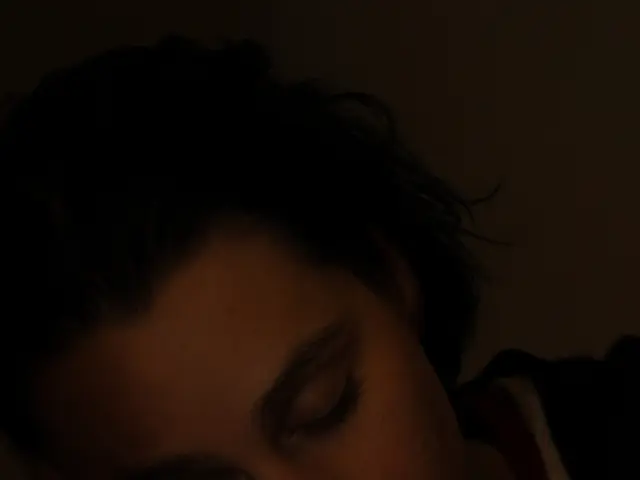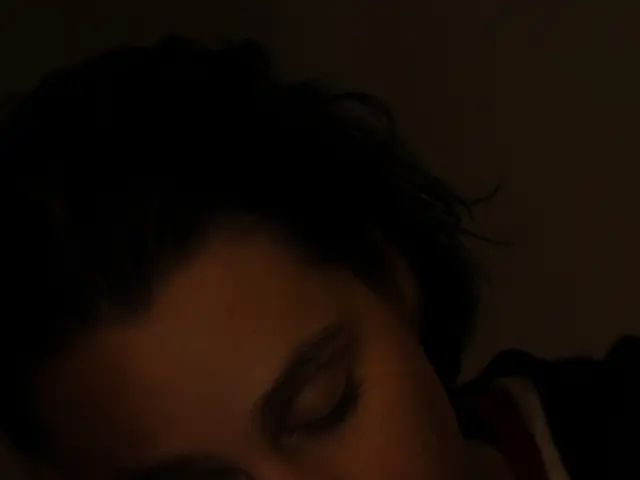Babies Overheating While Sleeping: Signs, Risks, and Prevention
Symptoms of an Overheated Infant During Sleep and Proper Resolution Methods
Hot weather can make it tough to keep your little one cool and comfortable. But when baby's body temperature rises, it can disrupt their sleep and even lead to potential health issues. Here's a rundown of the signs your baby might be too hot, how to keep them cool during hot summer nights, and potential risks you should be aware of.
Standard Baby Body Temperature
The normal body temperature for a baby is about 36.4°C (97.5°F), with variations depending on time of day, weather, and season. To accurately measure temperature, us ear or rectal thermometers.
Signs Baby is Too Hot While Sleeping
Clammy or Stiff Skin
A telltale sign your baby is overheating is skin that feels damp and cool, or overly warm and sweaty to the touch.
Flushed Cheeks
Overheating causes increased blood flow to the body's vital areas, such as the head, and may result in flushed cheeks.
Elevated Body Temperature
Another indicator is when the baby's skin feels warmer than usual when you touch it.
Rapid Breathing
Rapid, shallow, and fast breathing is another sign your baby might be overheating as their body tries to cool down.
Restlessness and Fussiness
Too much tossing and turning, writhing, and crying may suggest your baby is too hot.
Keeping Your Baby Cool
Maintain an Ideal Room Temperature
Monitor the room temperature with a thermometer to ensure it's within the ideal range of 16°C - 20°C. Some baby monitors come with built-in thermometers for convenience.
Dress Appropriately
Dress your baby in loose, breathable clothes that allow their skin to breathe, similar to what you would wear while sleeping.
Use Smart Plugs and Fans
For winter, use a timer for a heater like the Tapo Smart Plug to control its usage and maintain an appropriate temperature. For summer, invest in air conditioning or indirect fans to help keep the room cool.
Risks of Overheating
Heat Fatigue or Heatstroke
Overheating can lead to heat exhaustion or heatstroke, symptoms of which include sweating, vomiting, and loss of consciousness. To help cool the baby down, place a fan directly on the skin, keep them uncovered, and avoid letting them cover themselves with a blanket.
Dehydration
Excessive sweating and moisture loss can cause dehydration, characterized by dry mouth, sunken eyes, and dark urine. To prevent dehydration, ensure your baby is well-hydrated by offering plenty of feedings and seeking medical advice if necessary.
Final Thoughts
If your baby displays any of the above signs while sleeping, it's essential to take action and cool their body down immediately. Use a room thermometer to maintain a cool and comfortable environment, keep the baby uncovered, and if needed, seek medical attention from a pediatrician.
- Excessive sweating, vacuuming, and loss of consciousness can be symptoms of heat exhaustion or heatstroke, which are potential risks of overheating, as highlighted in the text about the risks of overheating.
- A balanced and healthy lifestyle for babies includes providing them with a cool sleeping environment, as irregular body temperature caused by overheating during sleep can disrupt their rest and even possibly lead to health issues, as mentioned in the text titled "Babies Overheating While Sleeping: Signs, Risks, and Prevention."








